Poor circulation can affect many areas of your body, including your legs, feet, and toes. There are many reasons for poor blood circulation in the legs and feet, and usually several things you can do to improve your circulation. It’s...
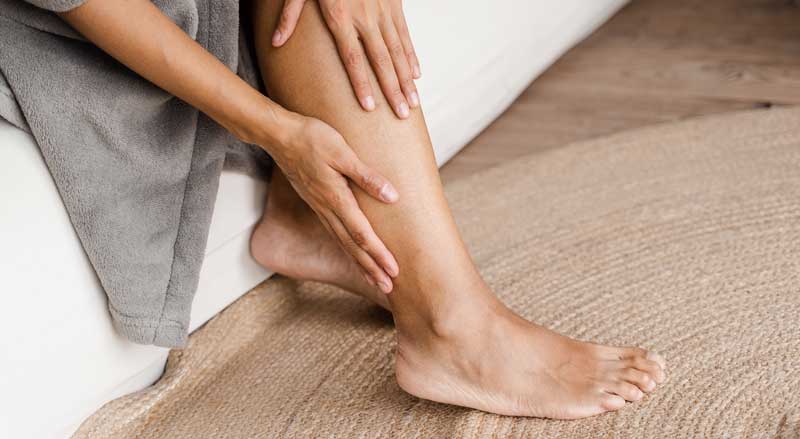

Poor circulation can affect many areas of your body, including your legs, feet, and toes. There are many reasons for poor blood circulation in the legs and feet, and usually several things you can do to improve your circulation. It’s...
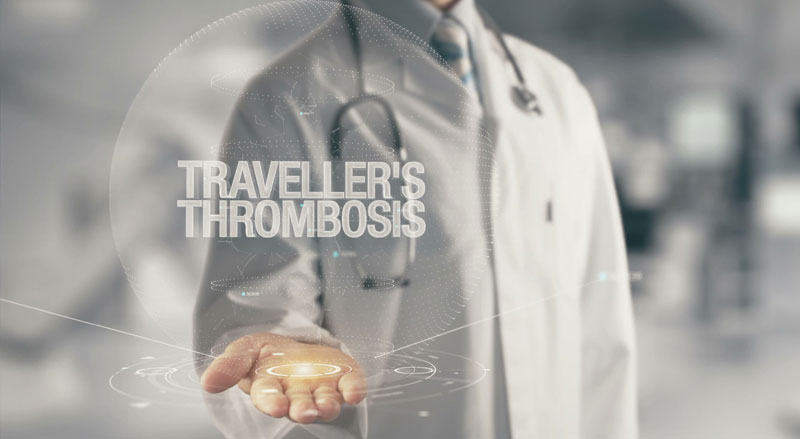
Traveler’s thrombosis, also known as economy class syndrome or deep vein thrombosis (DVT), is a medical condition that can occur when a blood clot forms in a deep vein, usually in the leg, after prolonged periods of sitting, such as...
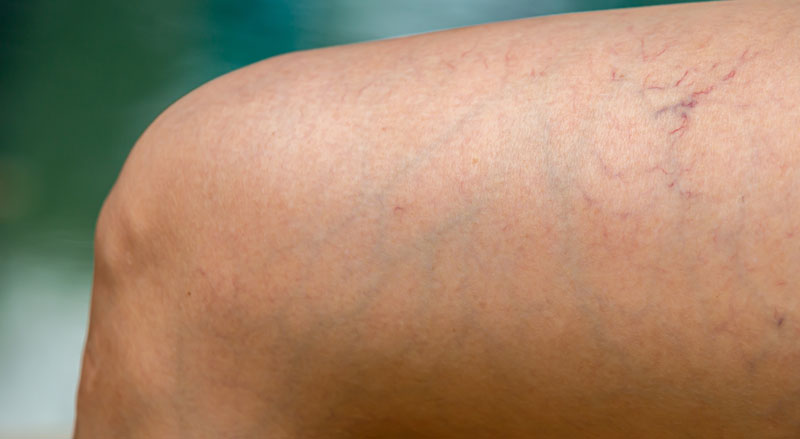
Most people know the difference between spider veins and varicose veins. But what about spider veins vs. reticular veins? What’s the difference? Veins are the structures that bring blood up from your legs and back to your heart. Three major...

There’s an old saying, “You are what you eat.” This is particularly true for vein health. If you have been wondering about diet and varicose veins, you’ll be interested to learn what’s the connection. While a great diet can’t remove...
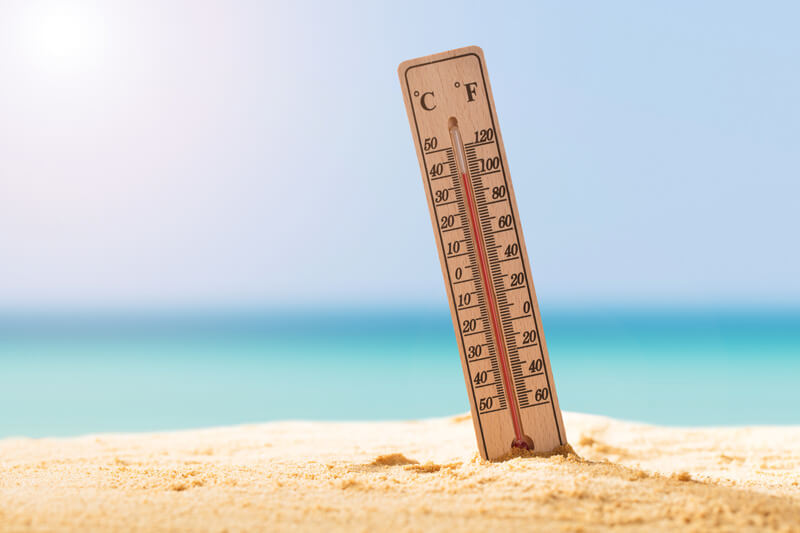
Summer is here! It’s the time of year to go to the beach, hike, or simply enjoy relaxing on your deck. Throughout the season, your first concern may be the sun's effect on your skin. But, did you know how...
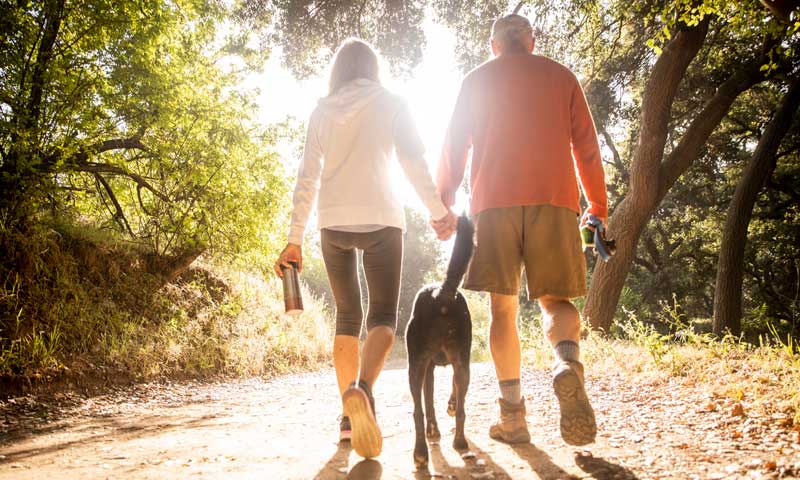
In this blog we break down the connection between exercise and healthy veins. We’ll cover everything you need to know, including which exercises are best for you. Exercise promotes a healthy body. It aids in strengthening your immune system, increases...